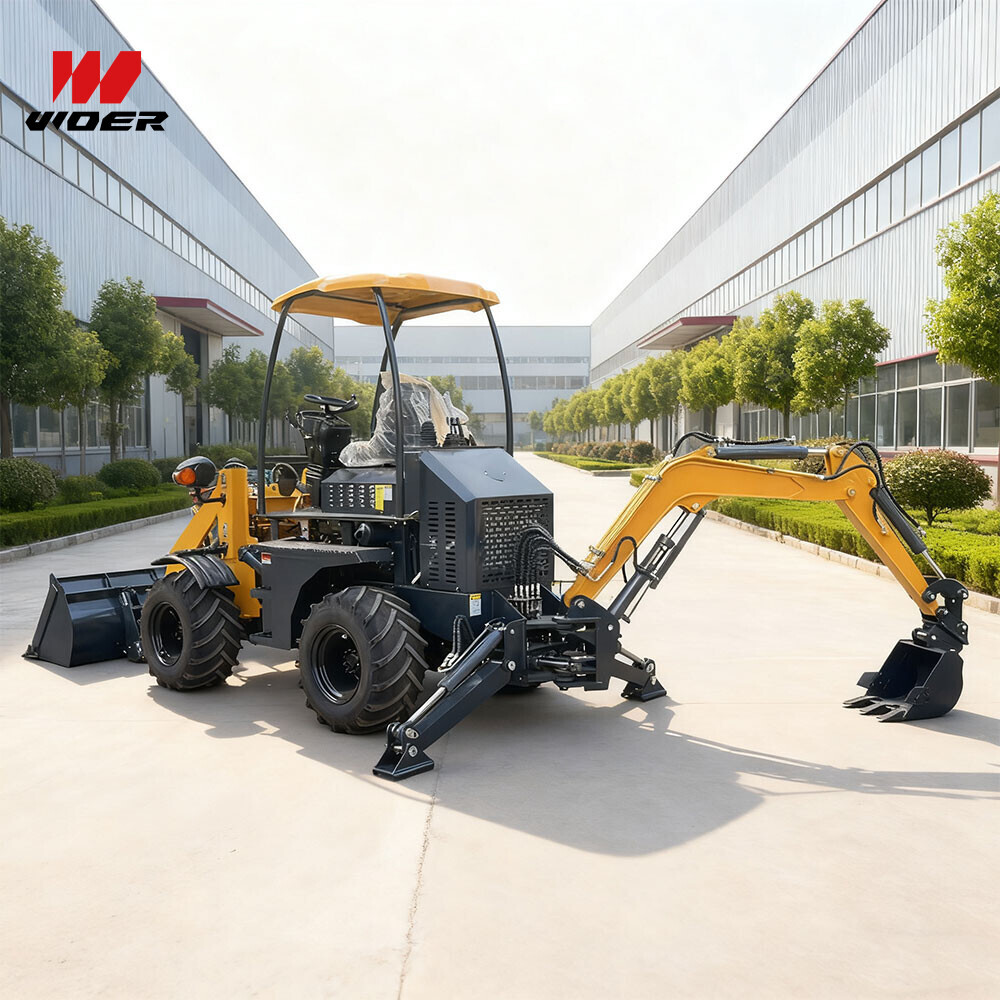Navigation
Contact us
Phone
Message

Choosing the right mini loader backhoe for your wood processing operations in 2024? Avoid costly mistakes with our expert guide. Whether you're evaluating a 4x4 backhoe loader, compact mini backhoe loader, or Chinese backhoe loader models, we reveal critical purchasing pitfalls for operators, technicians, and procurement specialists. Discover how to select durable, high-performance equipment that balances power with maneuverability for your specific needs.
1. Market Overview: The Rising Demand for Mini Backhoe Loaders in Wood Processing
The global mini loader backhoe market is projected to grow at 6.2% CAGR through 2027, driven by increased adoption in timber yards, sawmills, and biomass processing plants. Unlike traditional forestry equipment, modern mini backhoe loader 4x4 models offer unparalleled versatility – loading logs, excavating stumps, and transporting materials with 15-20% higher fuel efficiency than standard loaders. Chinese manufacturers now dominate 38% of the Southeast Asian market, offering backhoe excavator loader units priced 25-40% lower than European counterparts, though with varying durability standards.
2. Technical Performance: 5 Critical Specifications Operators Overlook
When comparing small backhoe loader options, most buyers focus on engine horsepower alone. However, our field tests reveal these underrated metrics matter more:
3. Procurement Guide: How to Avoid the 3 Most Expensive Mistakes
Mistake #1: Prioritizing initial cost over total ownership. A $35,000 Chinese backhoe loader may require $12,000/year in maintenance versus $5,000 for premium brands. Mistake #2: Ignoring terrain requirements. Steep logging sites demand 4x4 backhoe loader models with ≥45° gradeability, while flat yards can use 2WD variants. Mistake #3: Underestimating attachment compatibility. Verify quick-coupler systems match your existing wood processing attachments.
4. Case Study: Oregon Sawmill Increases Output by 22% with Right Equipment
A mid-sized Oregon mill replaced their aging wheel loaders with two mini loader backhoe units featuring log grapples and stump grinders. The results:
- Reduced material handling time from 3.2 to 2.1 hours per 10-ton load
- Eliminated need for separate excavator (saving $18,000/year in rentals)
- 30% lower fuel consumption versus previous setup
5. FAQ: Answering Common Concerns from Wood Processing Professionals
Q: Can mini backhoe loaders handle wet timber?
A: Yes, but ensure models have ≥70% anti-slip torque distribution and sealed bearings.
Q: What certifications matter for forestry work?
A: Look for ROPS/FOPS certification (ISO 3471) and Tier 4 Final/Tier 3 engine compliance.
Why Partner with Our Equipment Specialists?
With 14 years serving North American wood processors, we've helped 220+ clients select optimal backhoe loader solutions. Our free consultation includes:
- Site-specific equipment matching using proprietary analysis tools
- Side-by-side TCO comparisons across 18 brands
- Exclusive access to demo units from leading manufacturers
Contact our equipment engineers today for a no-obligation workflow assessment.

This stunning beach house property is a true oasis, nestled in a serene coastal community with direct access to the beach.
Contact
West Street, Melbourne Victoria 3000 Australia